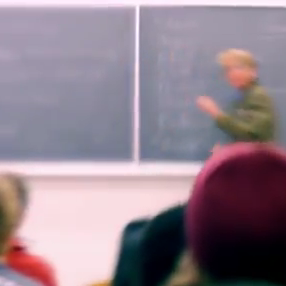One of my favorite teams participating in the recent Imagine Cup 2011 Finals was Note-Taker, a team out of Arizona State University. Like all the teams in Microsoft's student technology competition, Team Note-Taker has developed a tool that tackles a real-world problem. And as with several of the teams, that problem was understood intimately by one of the team members.
Note-Taker is a tool designed to help visually-impaired students with, as the name suggests, taking notes in class. None of the products or services currently on the market, including the legally mandated support personnel that schools must offer, really suffice.
Team Note-Taker's David Hayden would know. He is legally blind. When he enrolled in math classes, he found it impossible to keep up with the note-taking in class. Hayden had two choices: drop the math major (unacceptable) or solve the problem. He chose the latter.
Although there is equipment that can magnify the blackboard -- including a rather cumbersome headpiece that low-vision students can wear in class -- those who use it can't switch to the up-close reading and writing necessary for taking notes. So what Note-Taker's alternative does is make it possible for students to do both: see the notes written on the board at the front of the class while simultaneously providing a tool for students to take their own notes.


